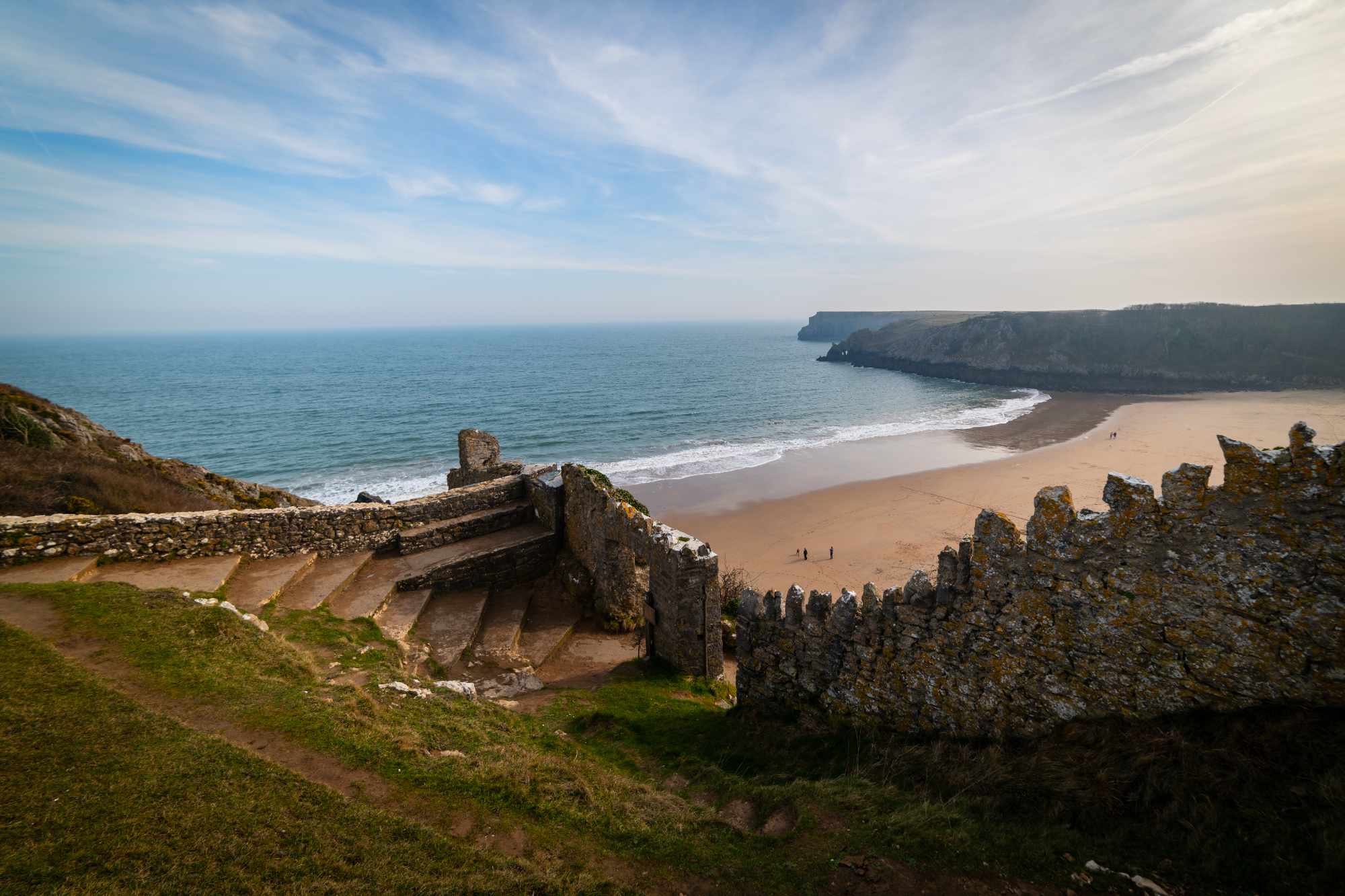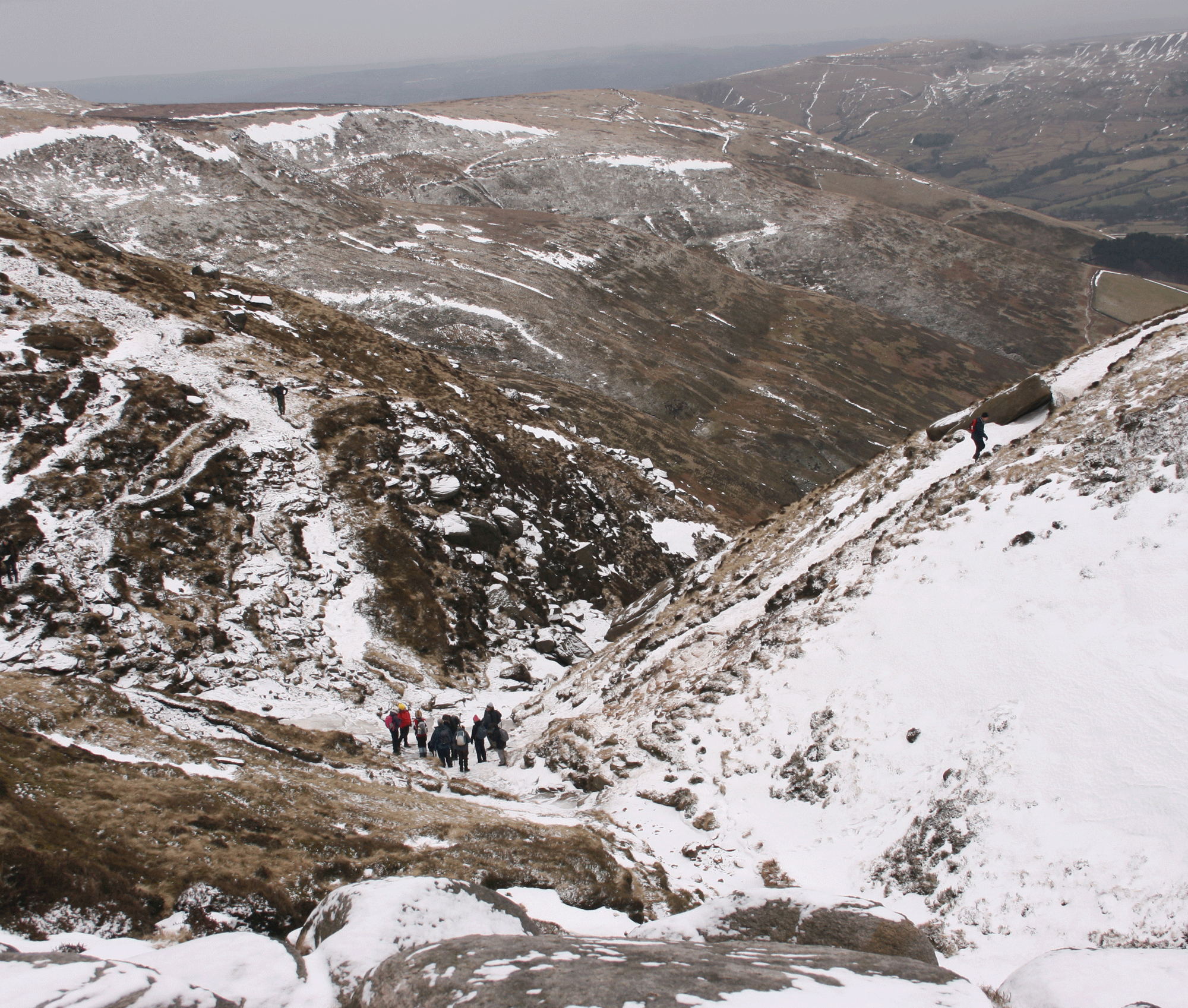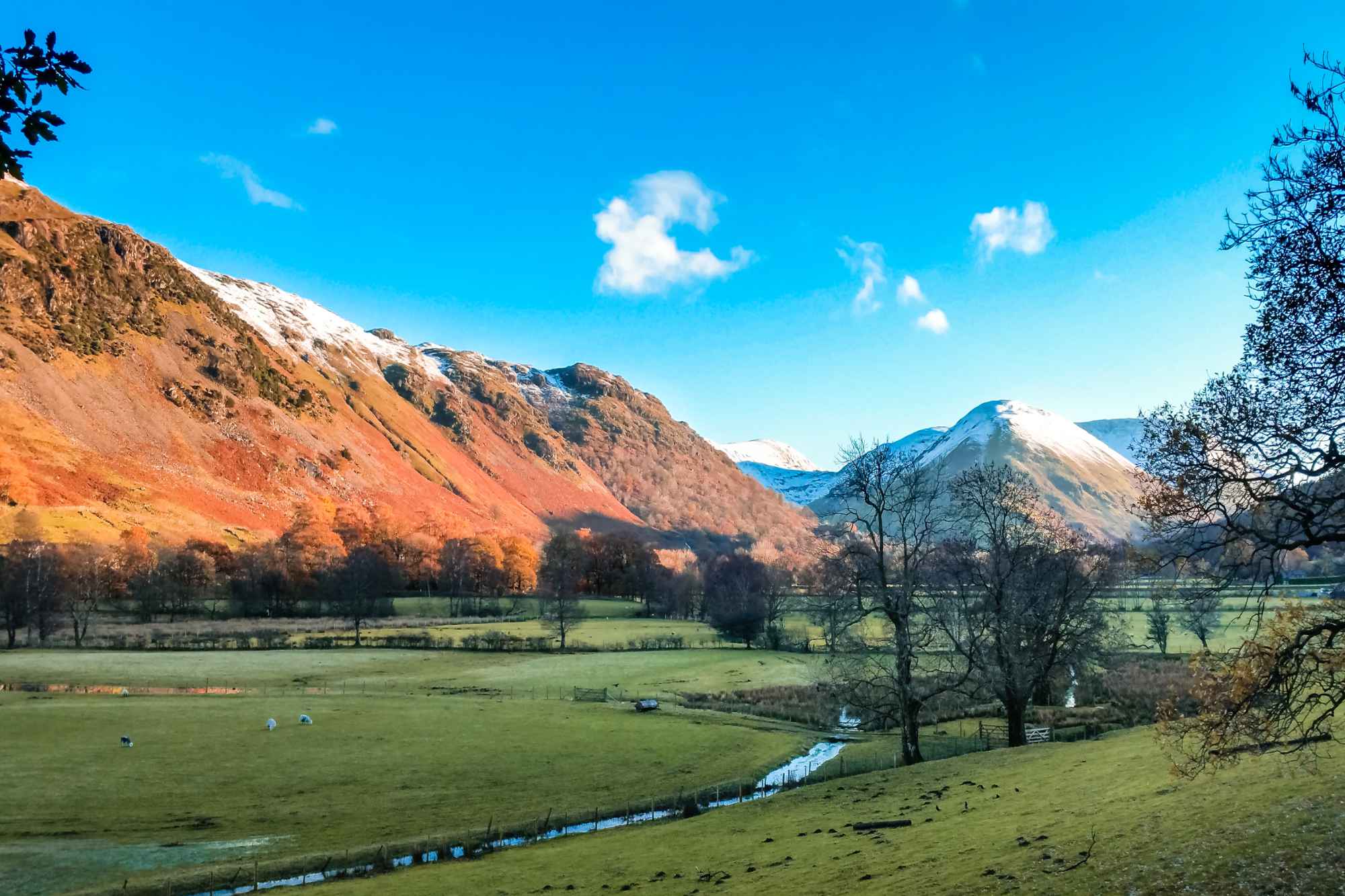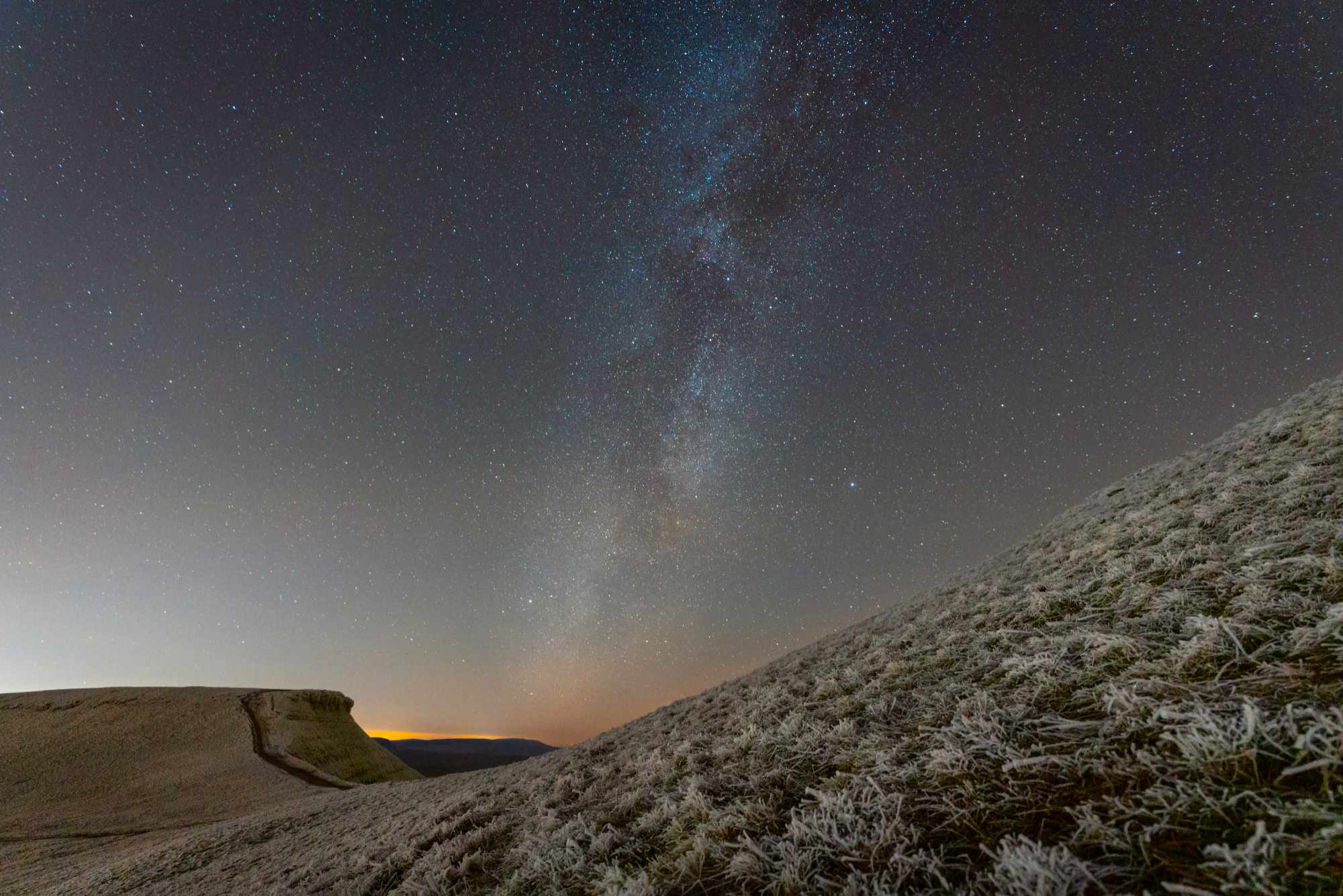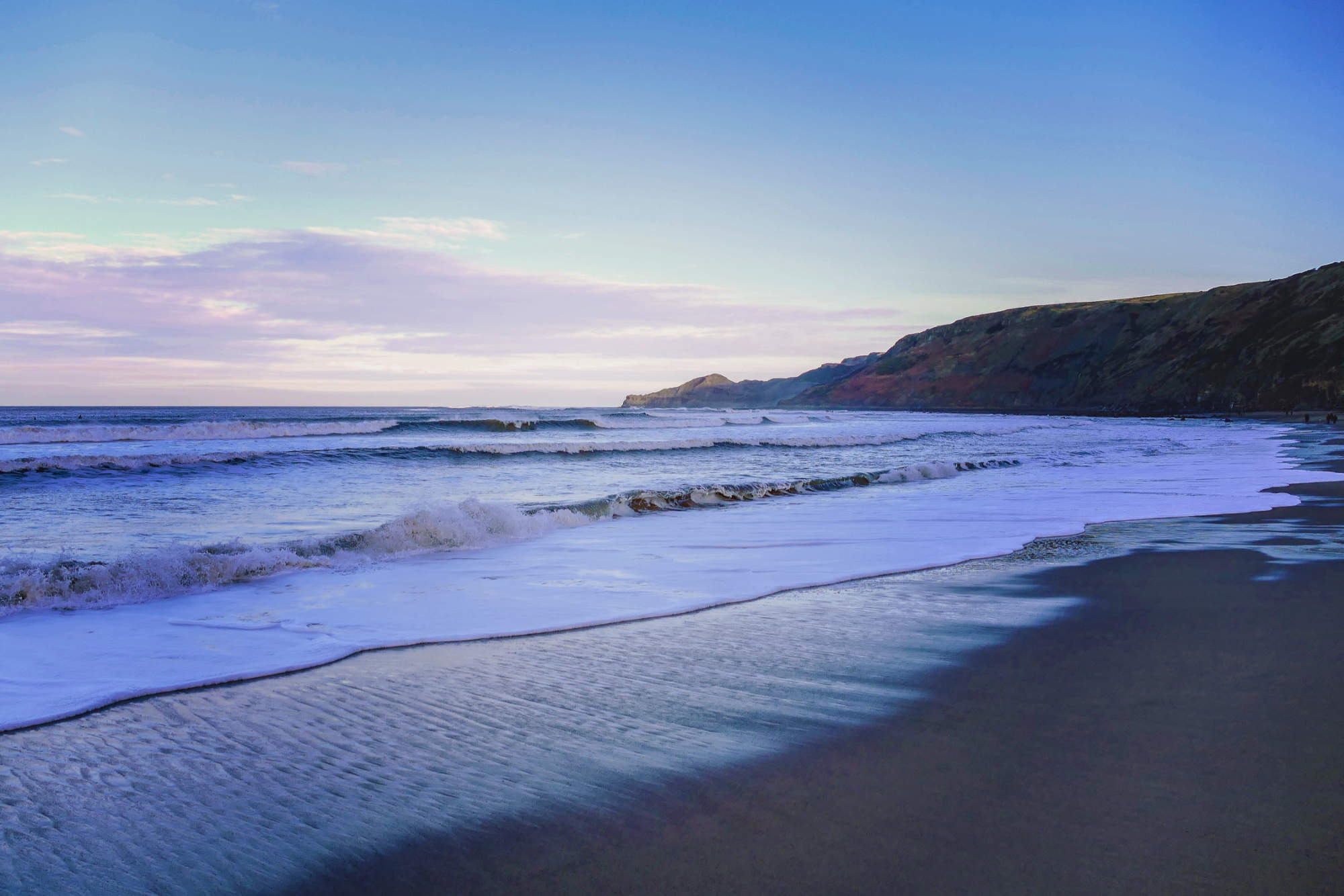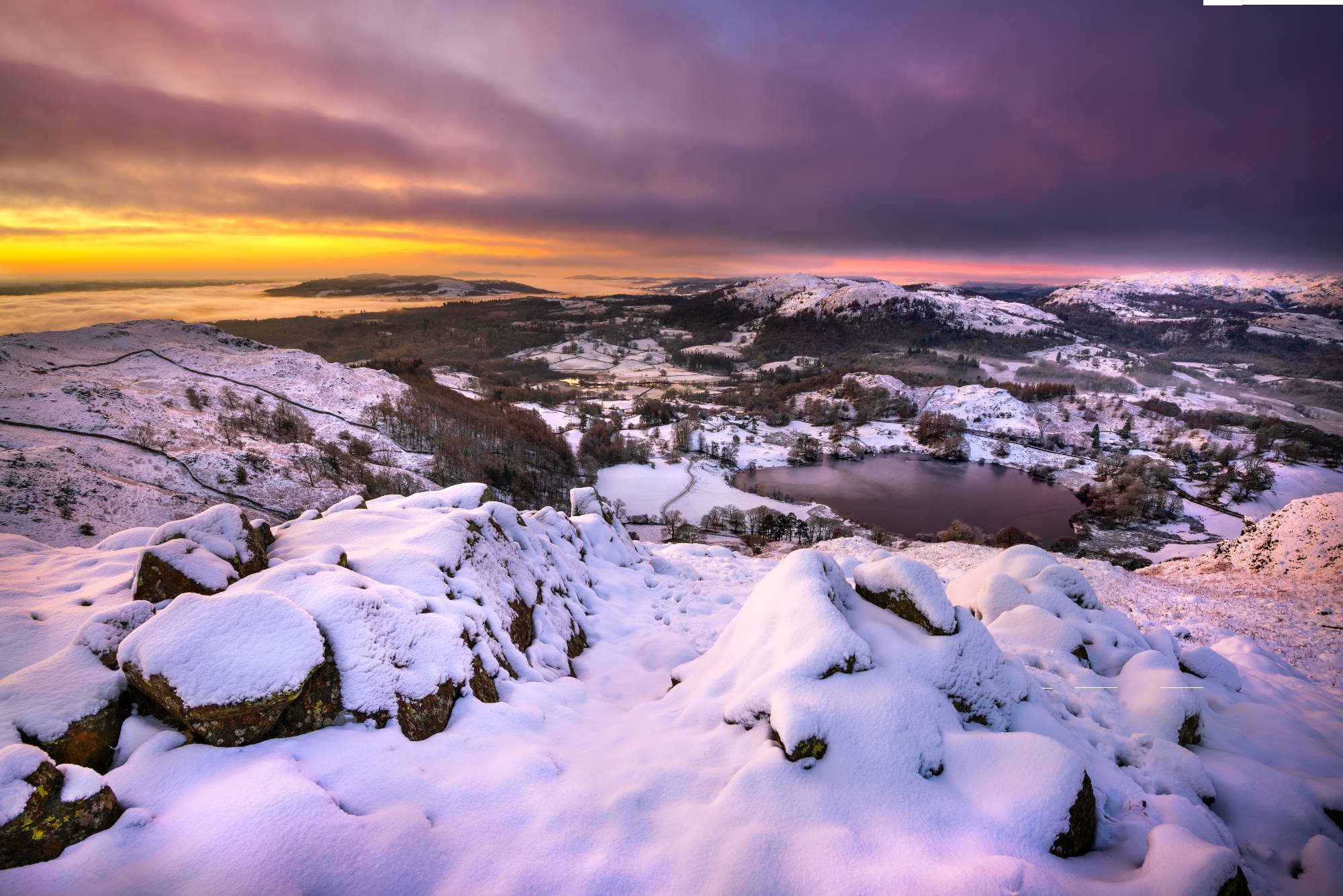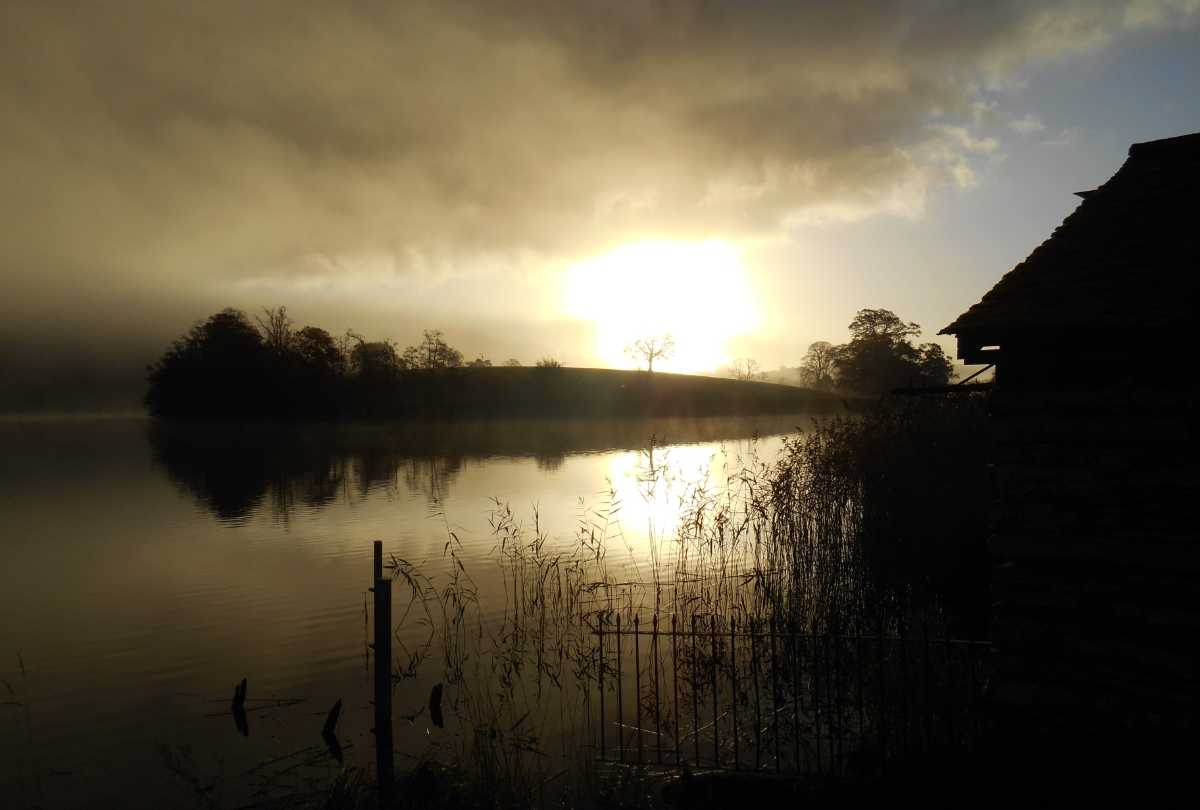It all started with a pledge.
Entering the new year in 2021, I wanted to try something different. Like most people, the COVID-19 pandemic had left me in a bit of a rut resulting in a search for a new hobby. I’ve always loved swimming and the ocean but living in land-locked West Midlands meant I didn’t have much opportunity to get to the seaside.
On 2nd January 2021, I took the plunge and had my first open water swimming experience at Cliff Lakes in Tamworth (not quite the ocean…) The water was 3°c, with fragile yet menacing shards of ice on the surface. To put into context, the average bath is 32-40°c. It felt invigorating and I’ve been hooked ever since. I’ve now completed my first winter season and a host of swim events, including a 10k swim marathon in London Royal Docks, which is a huge achievement. Open water swimming has been a familiar friend for me, through life’s curveballs and tough times
If you’re thinking about giving it a go, here are my top tips on open water swimming for beginners.


Book an induction
According to YouGov, around 88% of British people claim they know how to swim which is a vital life skill to have. But even if you’re a competent swimmer there is merit to booking an open water swimming induction, especially if you’re planning to start in the winter season like me. In your induction session, you will be empowered with safety tricks, dressing hints and tips, guidance on your stroke and you will meet like-minded people who want to get into open water swimming.
To find inductions near you explore open water swimming pages on social media or download the Actio app.
Swim with other people
The outdoor swimming community is vibrant, inclusive and incredibly motivating so why not immerse yourself with these people? I do most of my swimming with an open water swimming club at a local reservoir. It’s also the safest way of getting into open water swimming. Our bodies are unpredictable, so if you’re swimming with someone else, they are there to help you should you need some support.
Explore new places
My favourite part! Open water and wild swimming is addictive and I find myself seeking new places to swim. My sister always jokes that I’m the only person who would look at a pond and think ‘Hmm I wonder if I can swim in that’ (please don’t).
YHA has the best locations for open water swimming. Here are my favourites:
By the sea is YHA St David’s. Just a stone’s throw from the gorgeous Whitesands Bay, nestled on the Pembrokeshire Coast, it is in a stunning location for your dose of vitamin sea.
YHA Buttermere is a short walk away from the breath-taking Buttermere Lake. Feel at one with nature and take in the stunning views whilst you’re having a swim.
YHA Snowdon Pen-y-Pass is a fabulous base for your Eryri (Snowdonia) adventures. My favourite route up the mountain is the Watkin Path. Why? Because you can take a dip in the amazing pools on the way back down.


The kit
You can spend a fortune on kit. It is absolutely your choice what you want to invest in, but here are my suggestions.
- swimming costume/shorts
- goggles (wider goggles are best for open water — tinted ones even better to protect your eyes)
- bright coloured swim cap (they’re not glamorous but essential for visibility)
- bright coloured tow float (this is vital for visibility and if you get tired, you can use it for a rest)
- warm hat
- warm drink
- big cosy coat / changing robe (there are many options out there to suit all budgets)
- lots of layers for after swimming
- hooded towel (you can even make your own)
- big waterproof bag (there’s a certain Swedish furniture brand that does a carrier bag that is perfect)
- wetsuit (it is recommended to wear a wetsuit under 16°c however I swim all year round in my swimming costume adjusting my swim time to the conditions — do what feels right for your body)
- neoprene gloves and socks (this is a must have for me, but a nice to have for some people)
- changing mat
Before you go open water swimming
Please make sure you are clued up on what can happen to your body after a swim and look out for the signs of after drop (which is when your body temperature continues to drop even after you get out of cold water and into a warmer environment and it can make you feel unwell).
Start small on your swims and build up. Don’t just get into a body of water. Do your research. Join open water swimming groups on social media as they are incredibly knowledgeable about where to swim, when and any hazards.
If you are wild swimming, always have an exit strategy. All of this and more is outlined in the Outdoor Swimmers Code.
Written by Sophie Beckley, Marketing Manager at YHA
Photo credit: Kevin Eaves / Adobe Stock







